Think about how often you measure something without realizing it whether it’s checking if a new tablet will fit in your bag, choosing the right cake pan, or sizing up a household tool. One of the most overlooked but practical measurements is 8 Inches Long, a size that appears more frequently in daily life than you might expect.
It may not sound like much, but this length shows up in more places than you’d expect from kitchen essentials to gadgets and tools. Knowing what 8 inches looks like helps you visualize better, saves you from second-guessing in daily tasks, and makes shopping, crafting, or even teaching kids about size easier.
How is 8 Inches long?
Eight inches equals just over 20 centimeters, making it a size that sits between the width of a standard notebook and the length of an average dinner knife. If you’re looking for a quick comparison, imagine a large smartphone plus a little extra or about the span from the base of your palm to the tip of your middle finger.
1. A Standard Kitchen Knife
In many households, a chef’s knife is one of the most important tools, and an 8-inch version is considered the gold standard. This length strikes the perfect balance between precision and power: long enough to slice through large vegetables and meat, but short enough to maintain control for fine chopping.
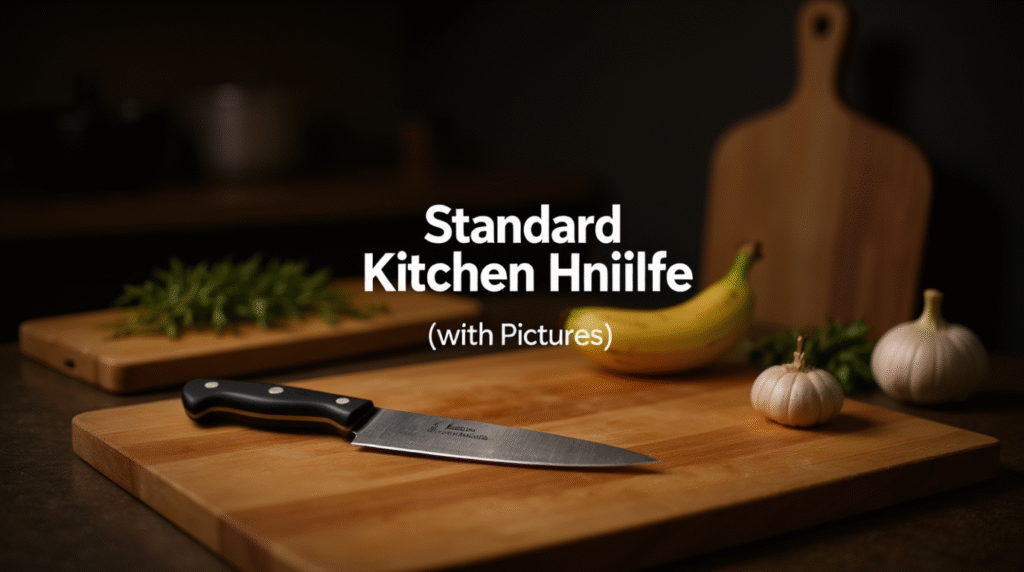
Professional chefs often recommend this size to beginners because it offers versatility without overwhelming the hand. While knives can range from 6 to 12 inches, the 8-inch variety remains the most popular choice in both home and restaurant kitchens. Interestingly, the design of the chef’s knife dates back hundreds of years, evolving from butchery tools in Germany and France. Its enduring popularity proves how practical 8 inches can be in culinary design.
2. A Standard Tablet
Tablets today come in a wide range of sizes, but the 8-inch model has become one of the most user-friendly options. Unlike the larger 10–12 inch tablets that are often used for professional drawing or office tasks, 8-inch tablets provide a sweet spot for portability. They’re easy to carry, light in weight, and perfect for reading e-books, streaming, or casual browsing.
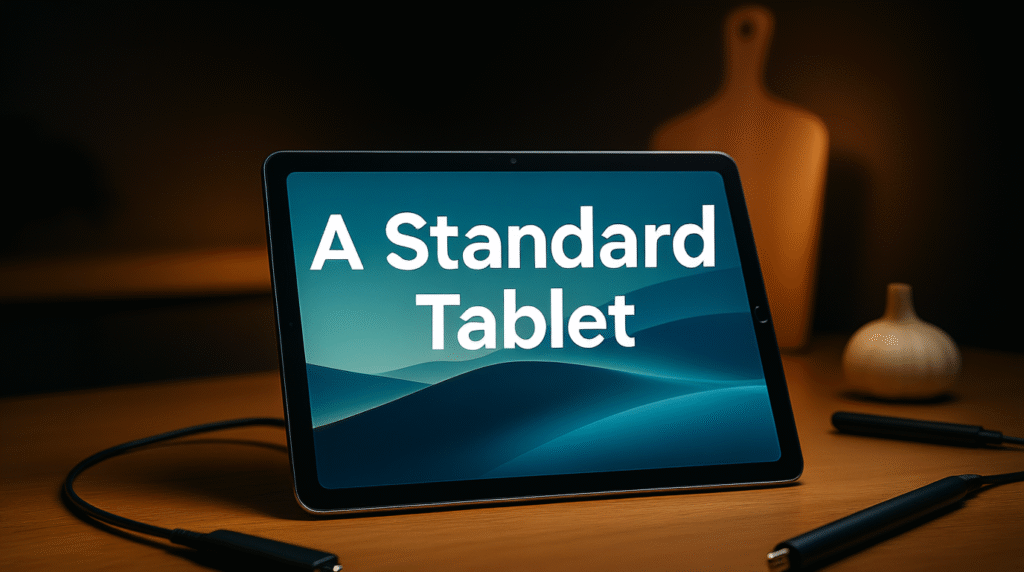
Tech companies recognized this demand early Apple’s iPad Mini, Amazon’s Fire HD 8, and Samsung’s Galaxy Tab A all use the 8-inch format. It’s a size that’s large enough to give you a comfortable viewing experience but small enough to fit into most handbags or travel pouches. Fun fact: the original iPad Mini was released in 2012, and its 7.9-inch screen helped define a new standard in personal tech.
3. A Dinner Plate
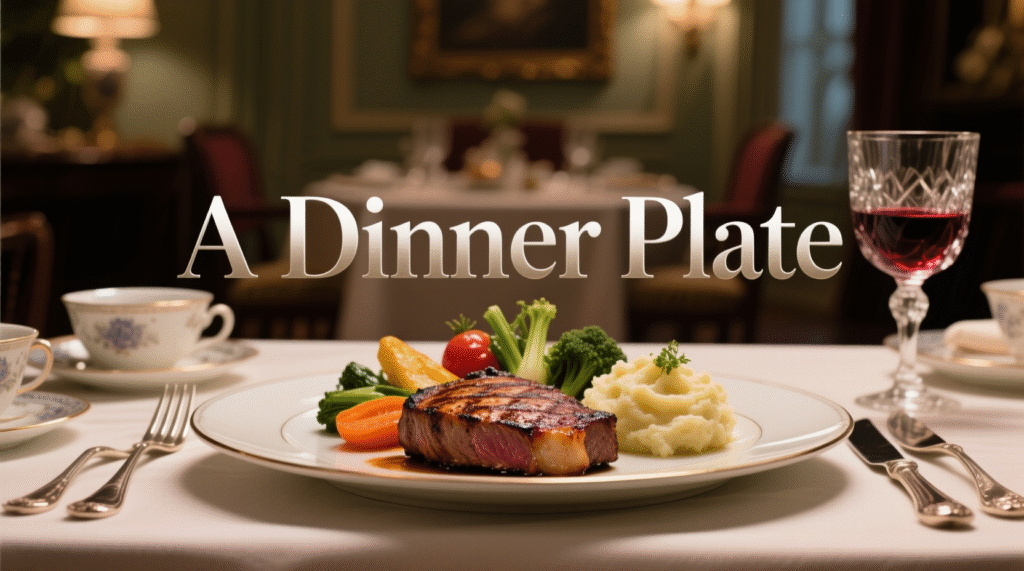
Walk into any restaurant, and you’ll notice that plates vary widely in size depending on the dish. But the 8-inch dinner plate is a common choice for salads, desserts, or even portion-controlled meals. This size is particularly significant in health and nutrition circles studies have shown that eating from smaller plates (like an 8-inch one) can help reduce calorie intake by tricking the brain into perceiving larger portions.
In the world of tableware, this length matters because it influences dining experience and presentation. A beautifully plated meal on an 8-inch dish often looks more abundant and appetizing compared to the same meal spread across a larger plate. Cultures around the world from Japan to Europe have long valued smaller serving dishes as a way to encourage mindful eating.
4. A Sub Sandwich
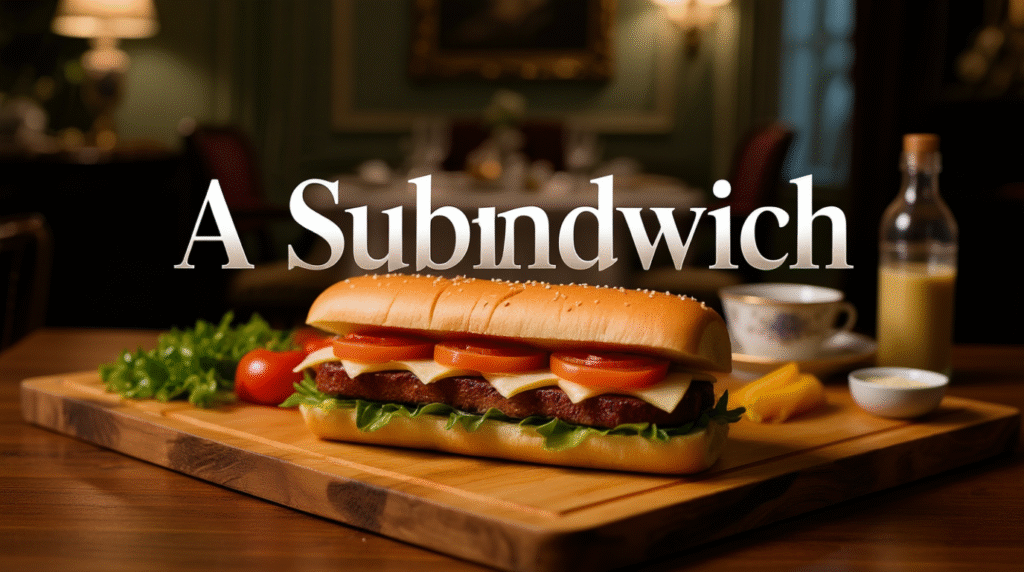
If you’ve ever ordered a sandwich at a deli or chain like Subway, you’ve likely come across the 8-inch sub. It’s considered the perfect portion for one person large enough to satisfy hunger without being excessive. Sandwich shops often use this measurement because it balances convenience and consistency.
Historically, submarine sandwiches earned their name because of their resemblance to naval submarines. In many regions, subs come in different sizes, but the 8-inch version has become a classic. This measurement also makes sense from a business perspective: it uses just the right amount of bread and fillings to keep costs and portion sizes manageable. Plus, if you’re ever trying to guess the size of something, picturing a hearty sub sandwich is an easy way to visualize 8 inches.
5. A Pair of Scissors
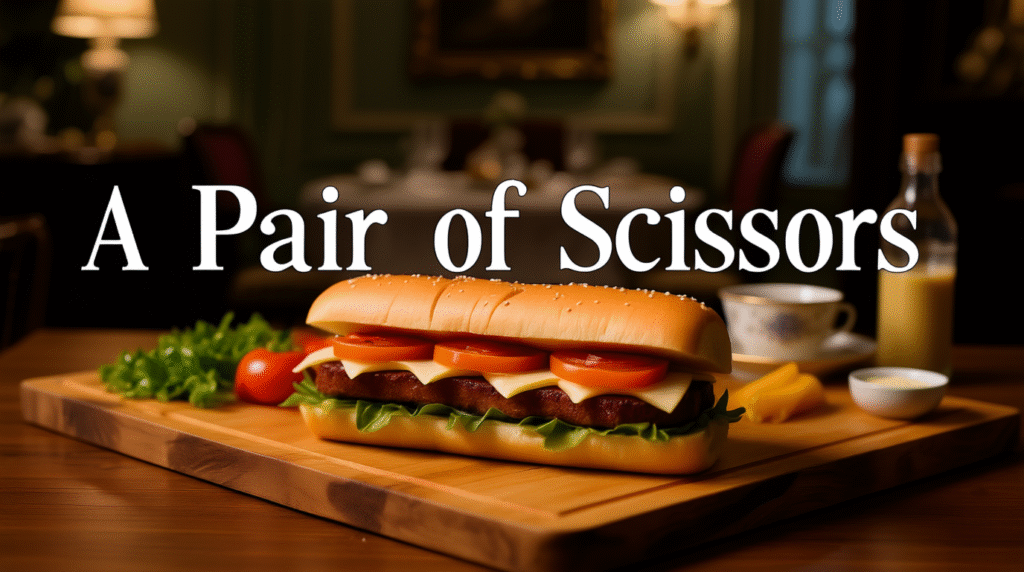
Household and office scissors come in many designs, but one of the most common lengths is 8 inches. This size strikes a balance between comfort and cutting efficiency. Smaller scissors around 5 or 6 inches are often used by kids or for crafts requiring precision. Larger shears, around 10 to 12 inches, are used in tailoring or heavy-duty cutting.
The 8-inch scissor, however, is perfect for everyday use—cutting paper, opening packaging, or snipping fabric. Historically, scissors have been around for more than 3,000 years, with early models found in Egypt. Today, manufacturers standardize 8-inch scissors for ergonomic reasons; they fit most adult hands comfortably and provide a smooth cutting motion without being too heavy.
6. A Small Frying Pan
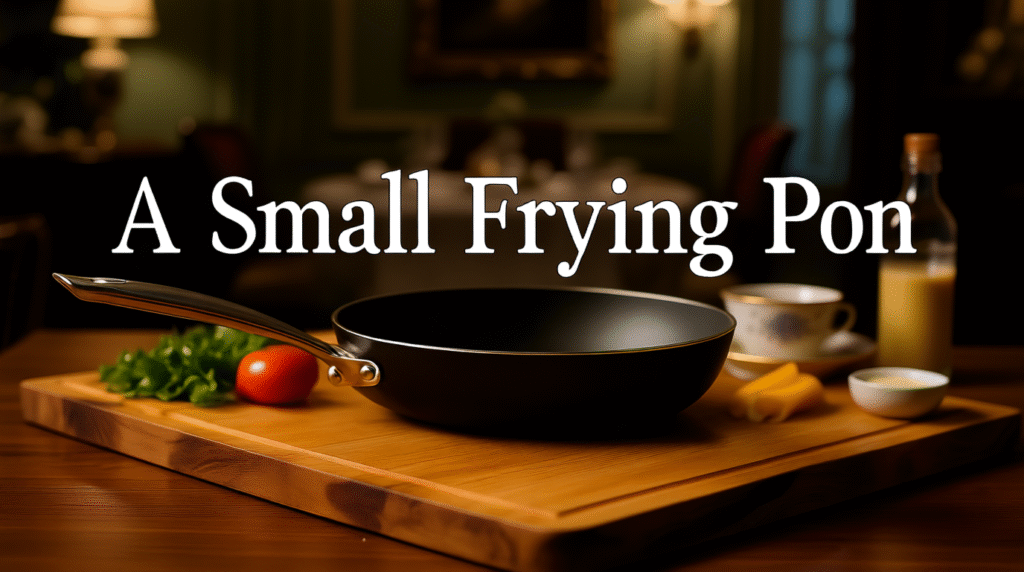
In cooking, pan size makes a big difference in how food cooks and how much you can prepare at once. An 8-inch frying pan is a staple for single servings ideal for frying eggs, making omelets, or reheating leftovers. Compared to larger pans (10 or 12 inches), the 8-inch pan heats up quickly and uses less oil, making it both energy-efficient and practical.
Cooks often keep one of these smaller pans handy for breakfast dishes or quick snacks. In fact, many culinary schools recommend beginners start with an 8-inch skillet before moving to larger cookware. A fun piece of trivia: in French cooking, omelet pans traditionally measure about 8 inches to help achieve the perfect folded presentation.
7. A Sheet of Origami Paper
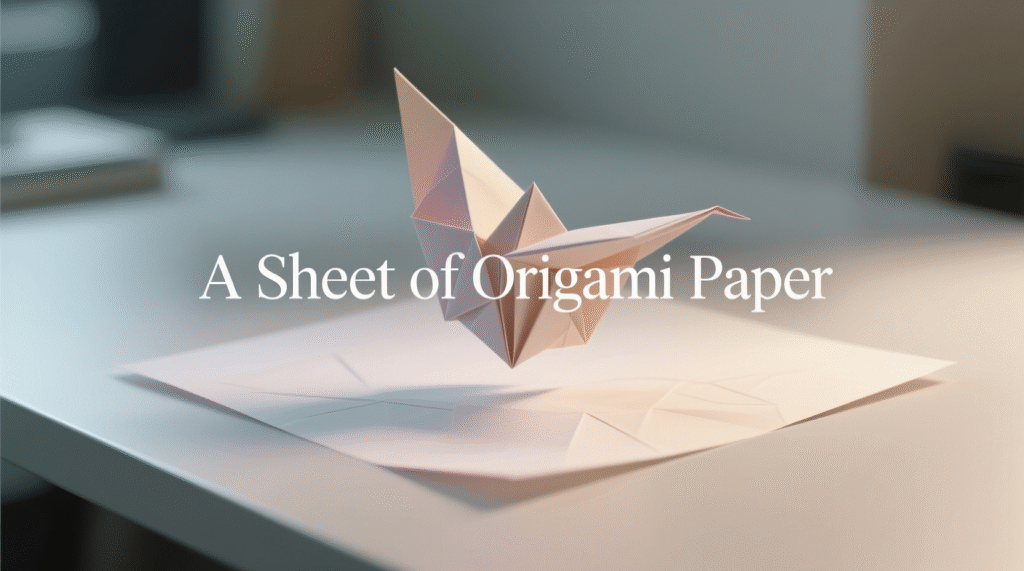
Origami, the Japanese art of paper folding, often uses square sheets in a variety of sizes. One of the most popular sizes worldwide is 8 inches by 8 inches. This measurement offers a perfect balance: small enough to fold into intricate designs, yet large enough to handle without tearing or losing detail.
For beginners, this size provides enough space to practice folds without the frustration of tiny corners. Advanced origami artists also value 8-inch sheets because they can transform them into complex figures like cranes, flowers, or modular geometric shapes. Interestingly, traditional origami used rice paper, but today, commercial packs of 8-inch squares are available globally, making this cultural art accessible to everyone.
8. A Standard Ruler
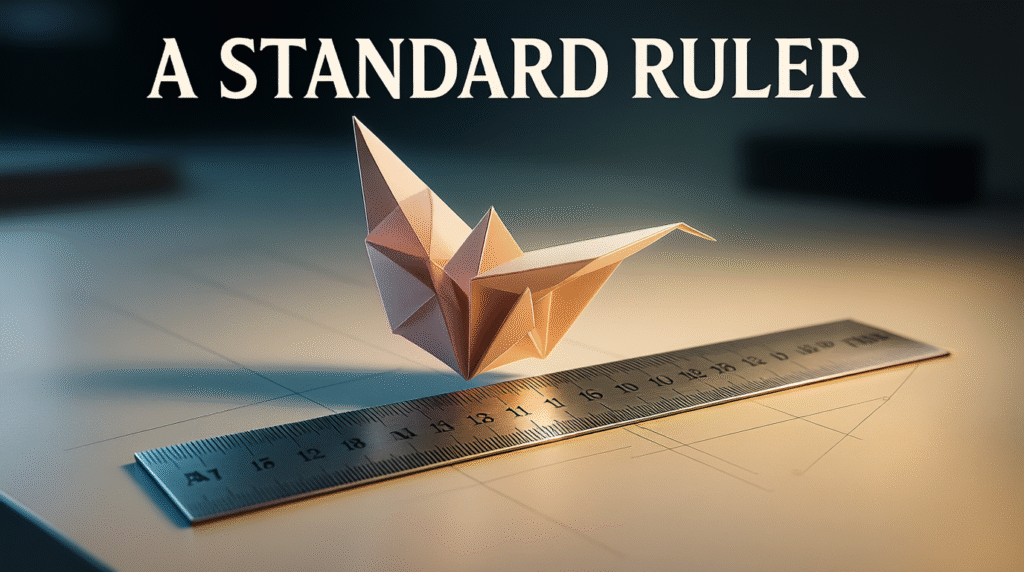
One of the most obvious examples of something measuring 8 inches is a ruler, though not the common 12-inch variety. Compact rulers, often used by students and crafters, are available in 8-inch lengths for portability. This size is particularly handy for pencil cases, small sketchbooks, or sewing kits. Unlike longer rulers that can be cumbersome to carry, the 8-inch version is practical for quick measurements on the go. Interestingly, rulers have been around since ancient civilizations Egyptians used ivory and wood sticks marked with precise lines to measure objects thousands of years ago. Today, the smaller 8-inch ruler continues to be a reliable tool for accuracy in everyday life.
9. A Flower Vase
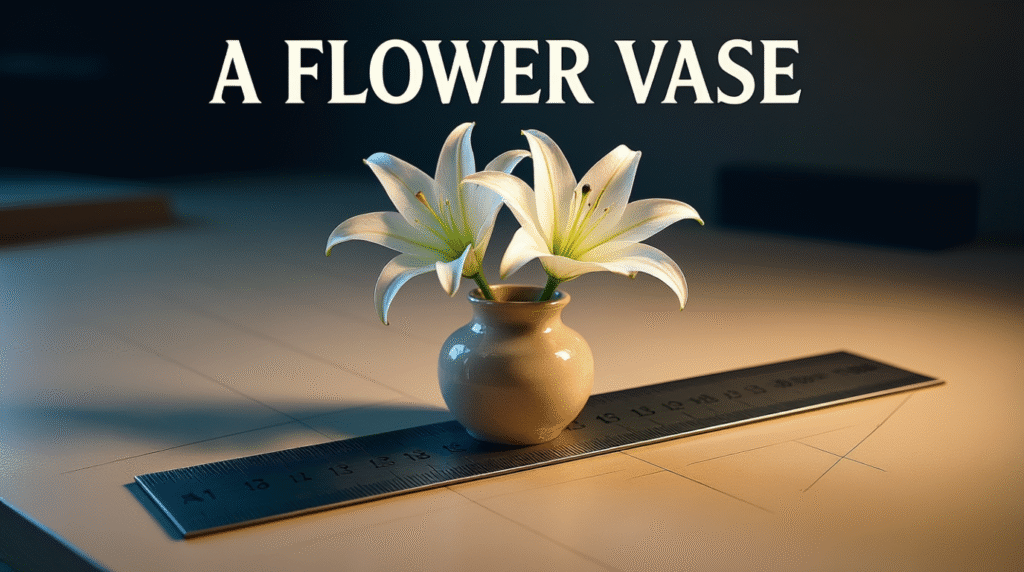
Many decorative flower vases designed for countertops or side tables stand around 8 inches tall. This height is perfect for displaying short-stemmed flowers like tulips, daisies, or roses without overwhelming the space. In interior design, an 8-inch vase is considered versatile: tall enough to hold bouquets while still small enough to fit on compact surfaces like desks or shelves. Historically, vases have been used for both function and decoration since ancient Greece, but modern homes favor 8-inch designs for minimalist arrangements. The popularity of this size proves how effective 8 inches can be in blending beauty and practicality.
10. A Ceiling Fan Blade Width
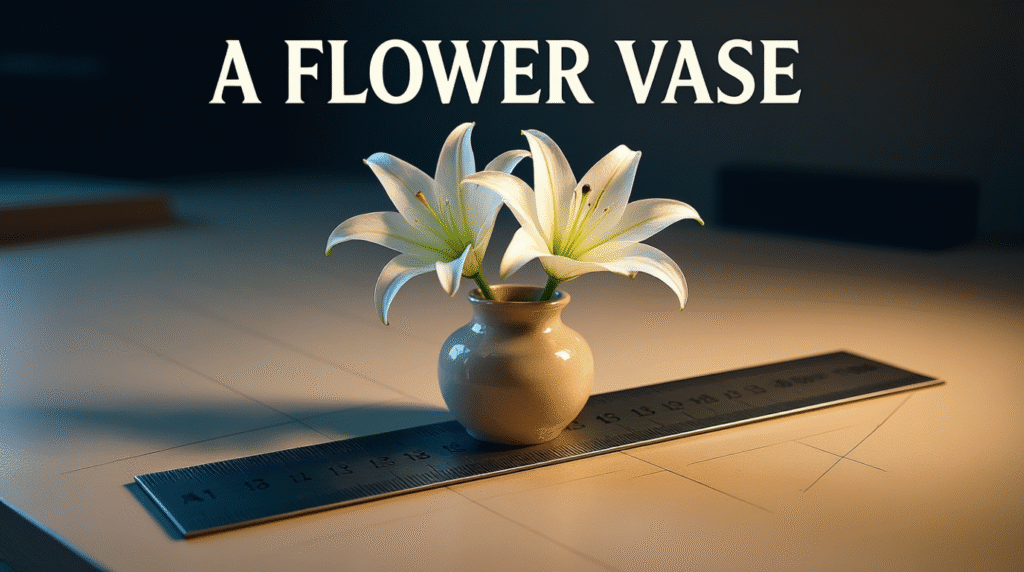
When you look at a ceiling fan, the length of each blade from the center outward usually ranges widely, but the width of many blades measures around 8 inches. This dimension plays an important role in how effectively a fan circulates air. Narrower blades produce faster airflow but can be noisy, while wider blades move air more gently and quietly. The 8-inch width offers a balance between performance and comfort, making it a standard in many residential fans. Fun fact: ceiling fans were first introduced in the late 1800s and ran on water power before electricity became common.
11. A Hardcover Novel
Pick up a hardcover book, and you’ll notice that many standard editions measure roughly 8 inches tall. Publishers often use this size because it’s easy to hold, fits well on bookshelves, and provides enough space for readable text without making the book bulky. While dimensions can vary based on genre and publisher, the 8-inch height has become common for novels, biographies, and non-fiction works. This format is sometimes referred to as “trade hardcover.” Beyond practicality, book collectors appreciate this size because it preserves the aesthetics of a library shelf. Fun trivia: J.K. Rowling’s first editions of Harry Potter and the Philosopher’s Stone were printed in this approximate size, making them iconic collectibles.
12. A Tabletops Plant Pot
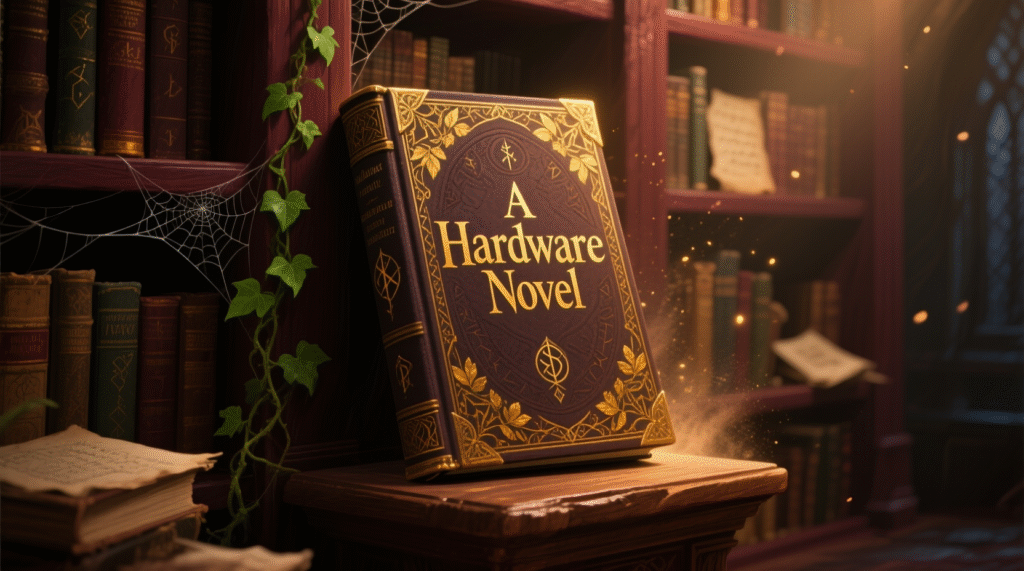
Small plant pots, often used for succulents, herbs, or decorative houseplants, commonly measure 8 inches in height or diameter. This size is favored by plant lovers because it supports moderate growth without taking up too much space indoors. An 8-inch pot can comfortably house popular plants like snake plants, aloe vera, or small ferns. From a gardening perspective, this size allows enough soil volume for root systems to expand while remaining lightweight enough to move around. Historically, clay pots have been used for thousands of years, but modern 8-inch pots often come in ceramic, plastic, or even eco-friendly biodegradable materials.
13. A Bowling Pin
Although it may surprise some, a bowling pin stands about 15 inches tall, but its diameter at the widest point is around 8 inches. This width is crucial for gameplay because it ensures the pin is stable yet still knockable when struck by the ball. The measurement has been carefully standardized by organizations like the United States Bowling Congress to keep the sport fair and consistent worldwide. Bowling itself dates back nearly 5,000 years to ancient Egypt, but the modern pin’s design was finalized in the 20th century. That iconic 8-inch width continues to define one of the world’s most popular recreational sports.
Conclusion
Understanding what 8 inches looks like may seem like a small detail, but it’s surprisingly practical. From kitchen knives and frying pans to tech gadgets and origami paper, this length quietly shapes the way we cook, eat, create, and work. Recognizing it in daily objects makes life more convenient whether you’re choosing the right dinner plate, buying school supplies, or preparing meals.
Next time you’re at home, take a little challenge: look around and see how many 8-inch objects you can spot. You might be surprised by just how often this measurement appears in your life and once you notice it, you’ll never underestimate 8 inches again.

James Harrington is a writer known for his compelling storytelling and diverse themes. His work blends creativity with thought-provoking ideas, captivating readers across genres. Through his website, DimensionsGo.com, he shares his latest projects, insights, and literary reflections, building a global community of readers and writers.


